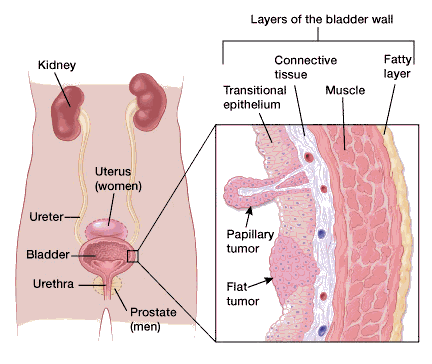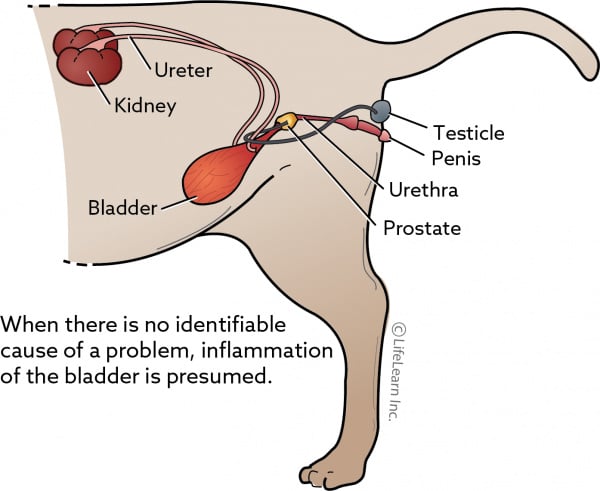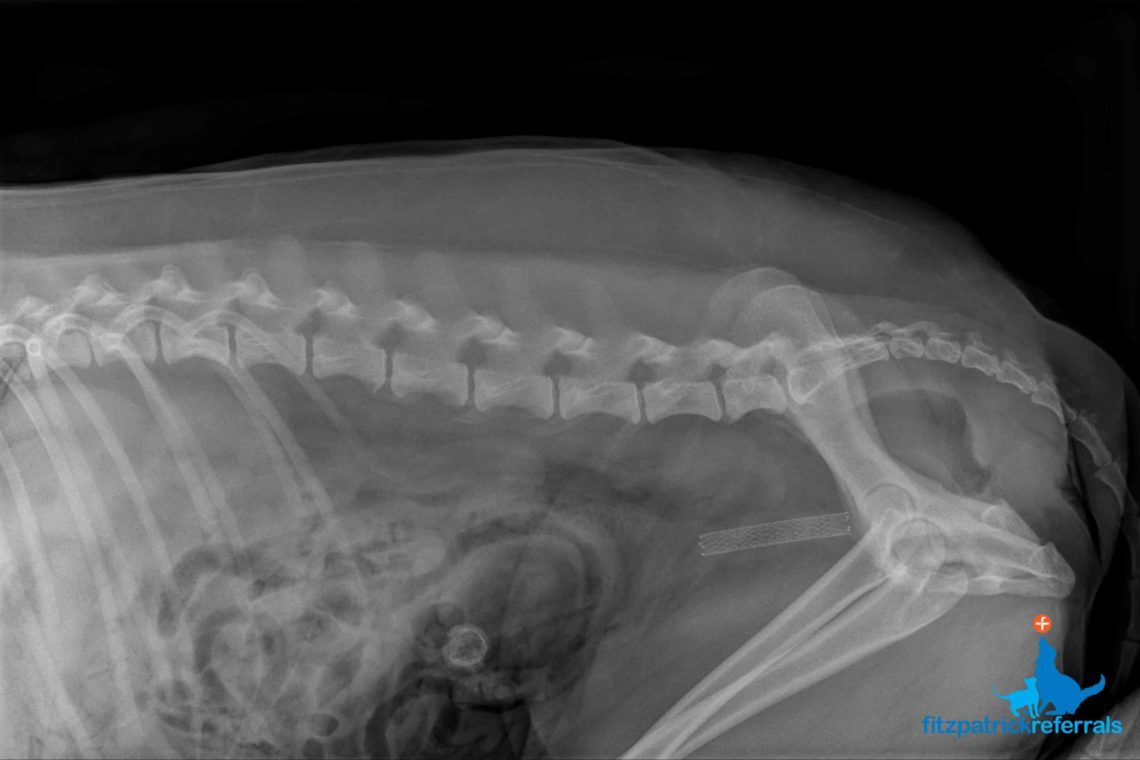neoplasia in cats bladder
Most renal tumors are seen in middle aged to older dogs and cats. Neoplasia and the kidneys Renal lymphoma is the most common renal tumor in cats and often presents with sudden onset of poor kidney function including acute kidney injury 2.

A D Transitional Cell Carcinoma Of The Urinary Bladder Di Erent Download Scientific Diagram
The remaining 7 of 118 59 of cats had TCC incidentally diagnosed while undergoing.

. Feline leukemia virus associated lymphoma seems to be declining but possibly 14 to 50 of cats affected by lymphosarcoma are FeLV positive 3. Epithelial tumors in particular TCC are the most common tumors of the urinary bladder and account for up to 92 of feline bladder tumors Other urinary bladder tumors include SCC ADC rhabdomyosarcoma FSA CSA leiomyosarcoma HSA chemodectoma and benign tumors such as leiomyoma and fibroma. The occurrence of bladder cancer is more common in female cats.
Transitional Cell Carcinoma of the Renal Bladder and Urethra in Cats. The typical symptoms of bladder tumors include. 2 of all canine tumors.
1 2 Transitional cell carcinoma TCC is the most prevalent lower urinary tract cancer in dogs and considerable information regarding TCC is available for dogs including common anatomical. Depending on the location of the tumor the cat may or may not present symptoms. The cat was reported to be incontinent and treatment was declined by the owners.
Transitional Cell Carcinoma of the Lower Urinary Tract in Dogs. Desexed walksrecently vet visitaggressiveno longer meows. Eating and drinking very well.
92 of 118 had previously been presented to a veterinarian for signs of urinary tract disease. Euthanasia was performed and necropsy revealed an extensive nodular thickening of the entire urinary bladder wall. The low incidence in cats may be due to a difference in tryptophan metabolism that results in low urinary concentrations of carcinogenic tryptophan metabolites.
The occurrence of bladder cancer is more common in female cats. The urinary bladder is the most common site of urinary tract neoplasia in dogs and the second most common site of urinary tract neoplasia in cats after renal lymphoma. The urinary bladder is the most common site of urinary tract neoplasia in dogs and the second most common site of urinary tract neoplasia in cats after renal lymphoma.
A bladder tumor may be located in different areas of the bladder. Feline bladder cancer tumors can obstruct your cats urinary tract making the animal unable to urinate. Painful urination and the cat may be very vocal when urinating.
Hematuria stranguria dysuria pollakiuria are common presenting signs. Rhabdomyosarcoma of the Urinary Bladder in Cats. When tumors appear in the urinary tract of cats the cells that line the urinary tract are affected.
A case of feline rectal prolapse which appeared to be secondary to transitional cell carcinoma of the urinary bladder is described. Clinical signs and ancillary testing. The exact cause of tcc is usually not known but in general canine tcc results from a combination of.
Transitional Cell Carcinomas Transitional cell carcinoma TCC is a prevalent type of bladder cancer in cats and more cats get diagnosed with transitional cell carcinoma than other types of bladder cancer every year. Blood in the urine. The urinary bladder is the most common site of lower urinary tract neoplasia in both dogs and cats 1 2.
A bladder tumour is a benign or cancerous tumour of the bladder or urethra of cats. Most cats 780. Very rare.
Chronic urinary tract infection UTI. Urinary tract tumors are most common in middle-aged to older animals. However due to delays in diagnosis.
Müllerian ducts begin as two ducts in the female embryo developing into the. The storage function of the bladder may allow for prolonged contact with carcinogens. Hematuria Hematuria stranguria pollakiuria are common presenting signs.
Your cats prognosis will depend on the size of the tumor whether or not the cancer has spread and the treatment your cat receives. The diagnosis of a urinary bladder neoplasm is generally delayed because of a lack of overt clinical signs or a partial response to empirical treatment. Renal neoplasia can originate in the kidney primary or spread or metastasize to the kidney from another site secondary.
However a rare form of primary kidney cancer called a nephroblastoma usually occurs in dogs less than 1 year of age and young cats. Bacterial in 65-75 cases. Symptoms of Bladder Cancer.
Renal neoplasia is cancer located in the kidney. Bacteruria pyuria and positive urine cultures are common in cats. Bladder cancer can also spread to other parts of the body.
When tumors appear in the urinary tract of cats the cells that line the urinary tract are affected. Most common tumor type. Diagnosis of Pancreatic Exocrine Neoplasia in Cats Your veterinarian will palpate your cats abdomen feeling for pain distension or even the presence of a lump or mass.
Nephroblastomas rapidly developing malignant tumors are seen in younger animals. Transitional cell carcinoma TCC is a malignant aggressive and metastasizing spreading cancer arising from the transitional epithelium the highly stretchable lining of the urinary tract system of the kidney ureters the tubes that carry fluid from the kidneys to the bladder urinary bladder. Neoplasms of the ureters bladder and urethra are uncommon in dogs and rare in cats.
11year old female cat desexed walks around back and fourth eyes appear diluted she stares into corners. At least one clinical sign was noted in 111 of 118 941 of cats and the median duration of clinical signs was 30 days range 0-730 days. Lower Urinary Tract Neoplasia 1.
Epithelial most common or connective tissue. Its cause is related to genetic changes that occur early in life. The exact etiology is unknown.
Up to 25 cash back cat. Rhabdomyosarcoma is a very rare metastasizing spreading and malignant type of tumor. Surgical resection by partial segmental resection is the treatment of choice.
Neoplasms of the canine and feline urinary bladder are diagnostic and therapeutic challenges to the veterinary clinician. Bladder neoplasia is rare in cats but is more common in cats older than 10 years. In general TCC is an aggressive highly invasive.
Feline bladder cancer is rare but life-threatening. Some cats may show signs of jaundice because a pancreatic tumor can obstruct the flow of bile from the liver to the small intestine resulting in elevated levels of bile products in the blood causing. Chronic urinary tract infection UTI Cystitis.
It may derive from stem cells or originate in the striated muscle that surrounds the developing Müllerian or Wolffian ducts. There are several types of bladder tumours in cats transitional cell carcinoma TCC is the most common other types include benign mesenchymal tumours squamous cell carcinoma rhabdomyosarcoma and lymphoma. Tumors location vary greatly inside the bladder.

Neoplasia Of The Urinary System In Small Animals Urinary System Msd Veterinary Manual
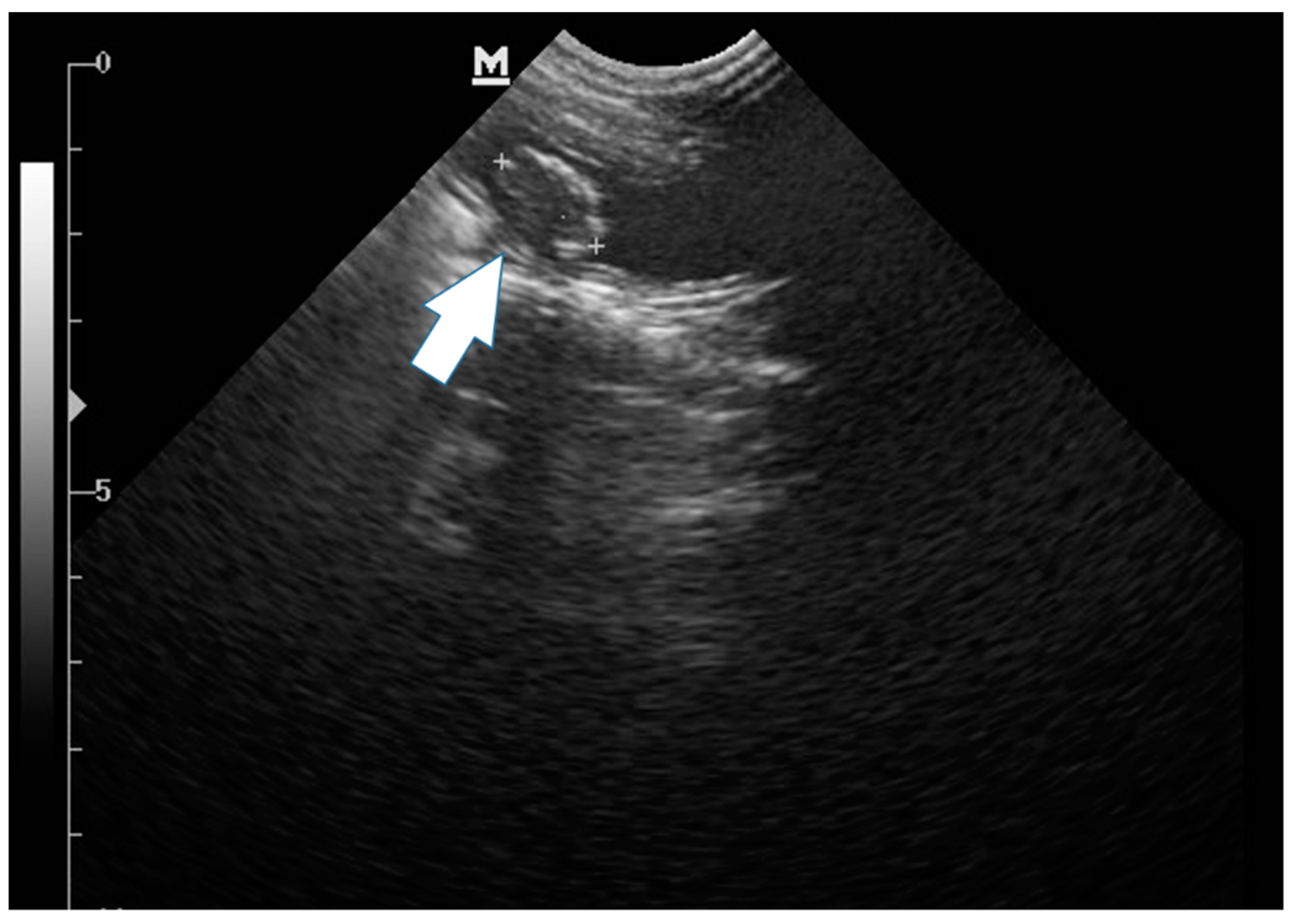
Veterinary Sciences Free Full Text Long Term Survival Of A Cat With Primary Leiomyosarcoma Of The Urinary Bladder Html

Feline Kidney Anatomy Vet Tech Student Veterinary Tech Dog Anatomy

Pdf In Situ Transitional Cell Carcinoma Of Urinary Bladder In A Cat Semantic Scholar

Fibrosarcoma Of The Urinary Bladder In A Cat Semantic Scholar
Bladder Cancer In Cats Innovet Pet
Some Unusual Bladder Tumours In Dogs Vet Practice Support

Transitional Cell Carcinoma In Dogs And Cats Veterinary Partner Vin

Bladder Cancer Treatment Bladder Cancer Pictures Signs Symptoms To Better Understand Diagnosis Cleveland Oh University Hospitals

Pdf Treatment Of Transitional Cell Carcinoma Of Urinary Bladder Using Meloxicam In A Dog A Case Report Semantic Scholar

Urinary Tract Tumor An Overview Sciencedirect Topics

Diagnosing Transitional Cell Carcinoma In Dogs Mspca Angell
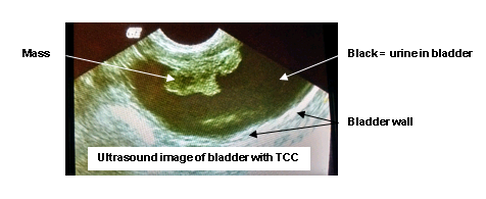
Transitional Cell Carcinoma Tcc Lodi Veterinary Care

Pdf In Situ Transitional Cell Carcinoma Of Urinary Bladder In A Cat Semantic Scholar

